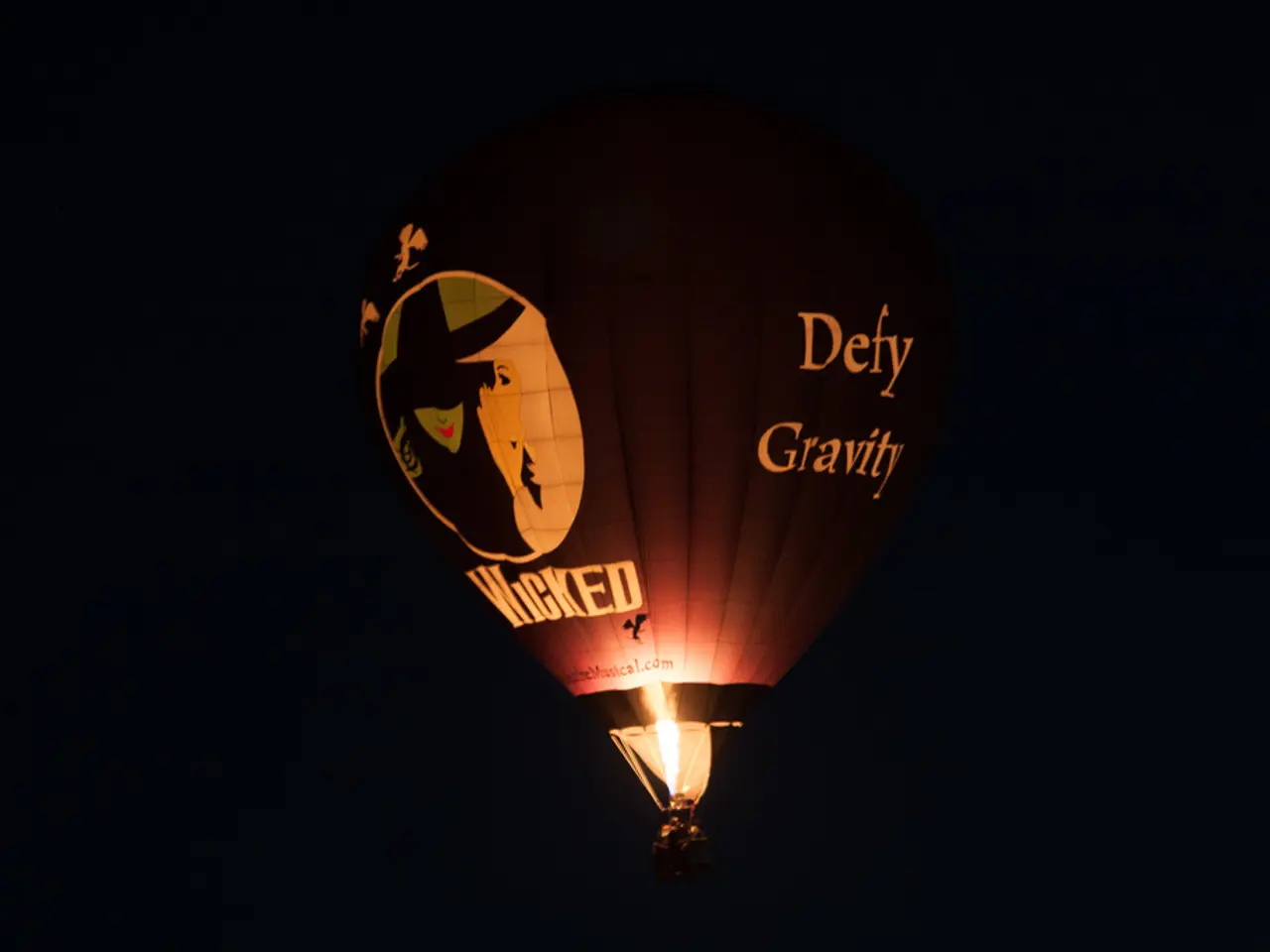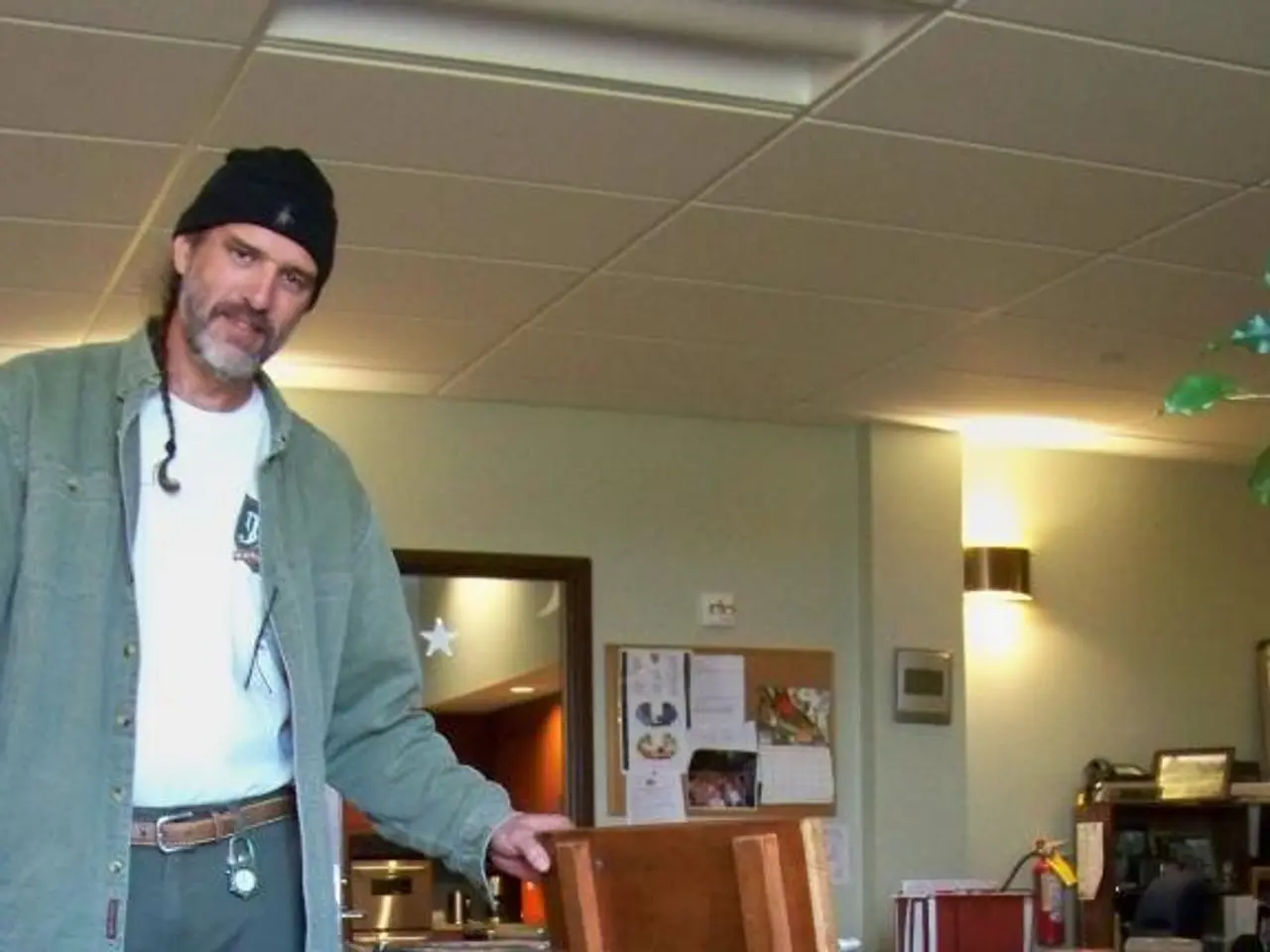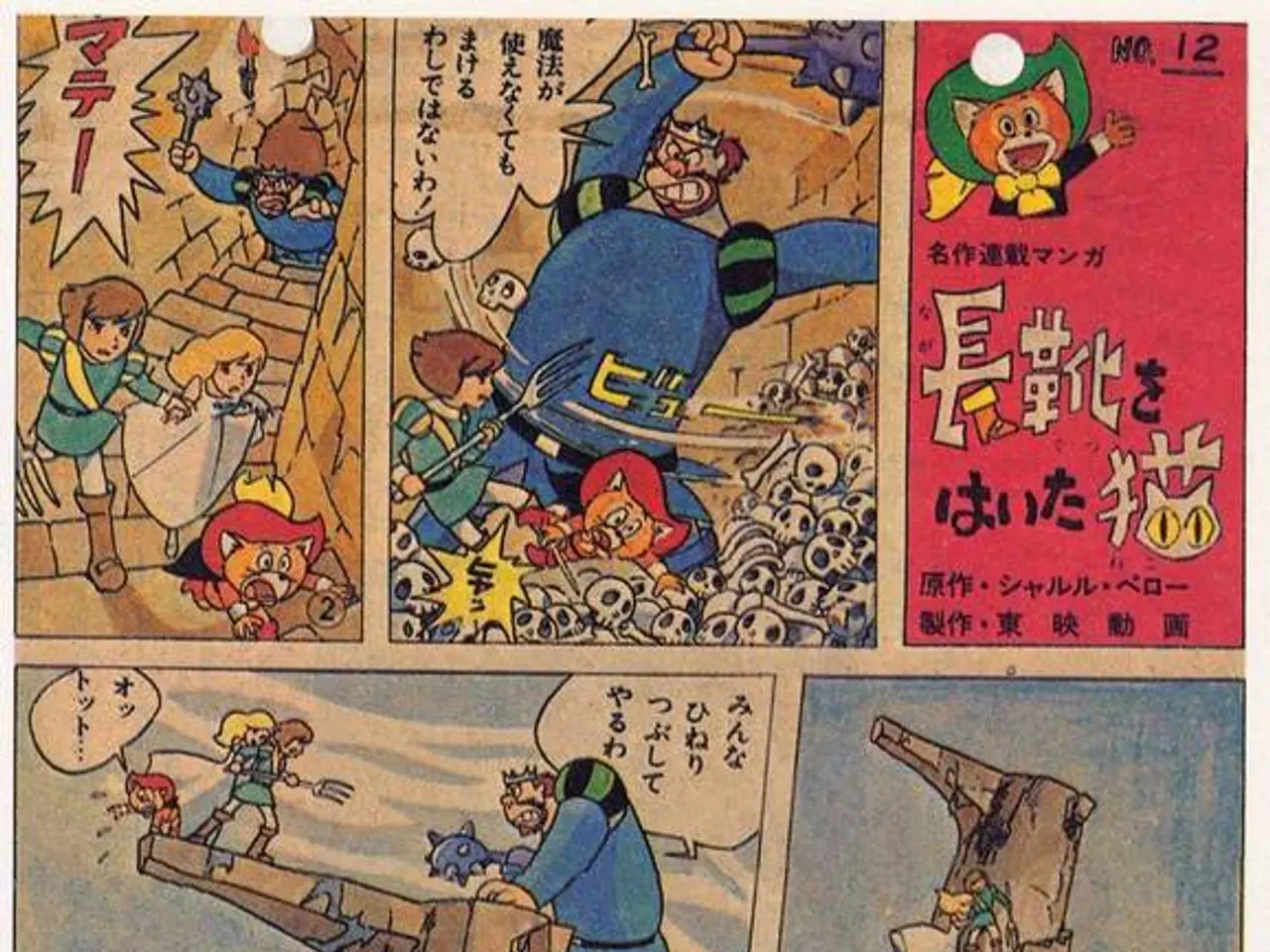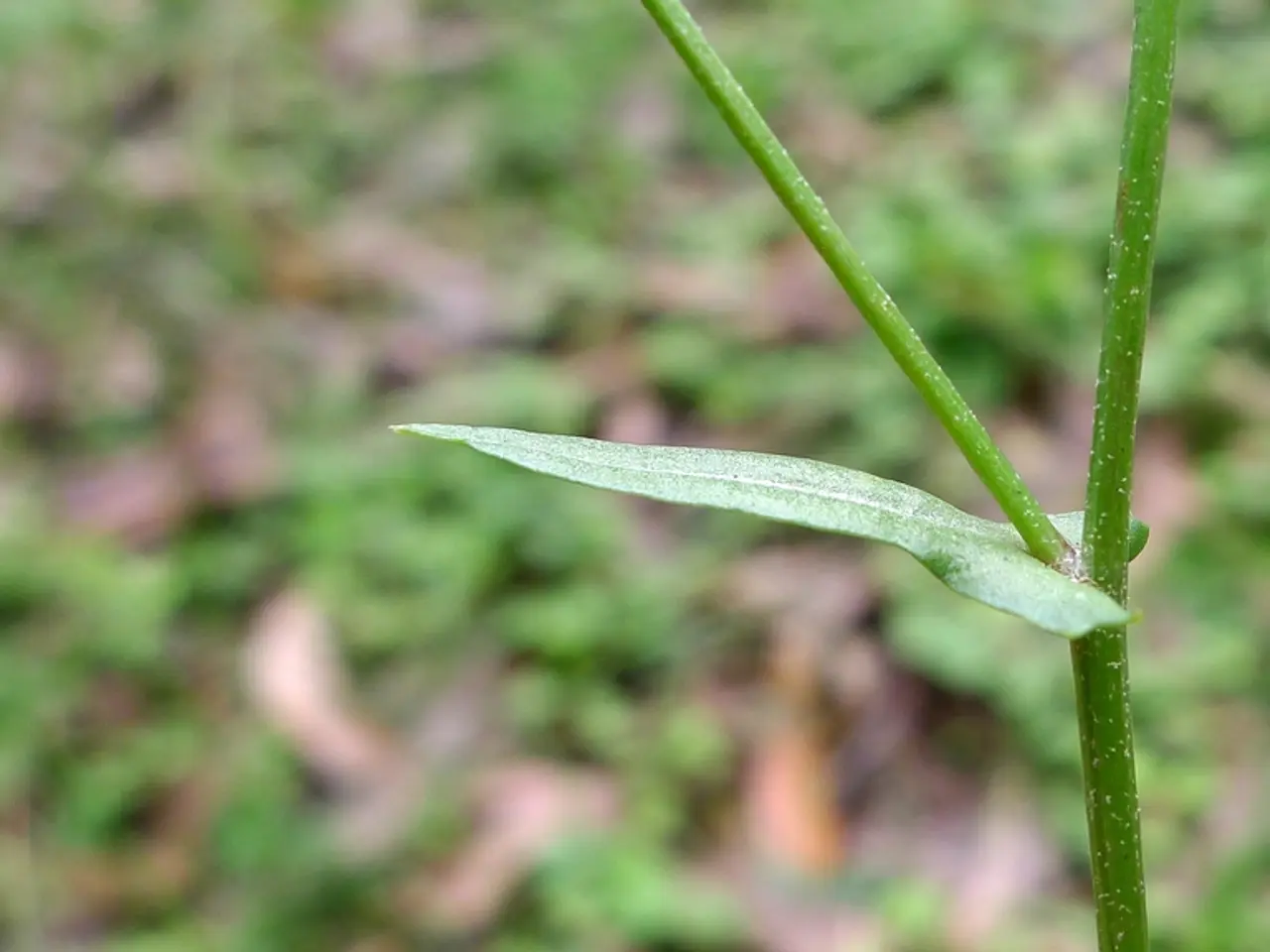Temperature Variation Study in Experimental Context
In the realm of science, understanding the behaviour of gases is crucial to many phenomena we observe in our daily lives. One such experiment that makes this concept easily accessible for kids and students is the Cold and Hot Air Balloon Science Experiment. This engaging activity demonstrates the principles of gas expansion and contraction through the behaviour of air molecules.
To carry out this experiment, you'll need a few simple items: two bowls (one for hot water, one for cold water or ice water), an empty plastic bottle, ice cubes, a spoon, a balloon, and optional food colouring. The process is straightforward and follows the scientific method, which includes asking a question, forming a hypothesis, conducting an experiment, recording observations, and drawing a conclusion.
The experiment begins by placing the bottle in warm water. As the air inside the bottle absorbs heat energy, the air molecules start to move faster and spread apart, taking up more space. This increase in the volume of air pushes into the balloon connected to the bottle, causing it to inflate. This process is known as thermal expansion.
Conversely, when the bottle is placed in cold water, the air molecules lose energy, slow down, and move closer together. This reduction in the volume of air causes the balloon to shrink, illustrating thermal contraction. Essentially, the volume of air decreases as the temperature drops.
This experiment serves as a practical demonstration of Charles's Law, which states that the volume of a fixed amount of gas is directly proportional to its temperature when pressure is constant. Heating air inside the balloon expands its volume, making it less dense than the surrounding air (which is why real hot air balloons rise). Cooling the air causes it to contract and the balloon to shrink or descend.
In summary, the Cold and Hot Air Balloon Science Experiment provides a hands-on way to visualize how gas molecules expand when heated and contract when cooled. This experiment is a great introduction to fundamental gas behaviour in response to temperature changes, making it an excellent addition to science lessons for kids and students.
Remember, science is all about curiosity, exploration, and learning. With resources such as printable science project packs, science vocabulary, all about scientists, free science worksheets, DIY science kits, science tools for kids, and a citizen science guide, there are numerous ways to further engage with science and make learning more enjoyable. So, gather your materials, and let's embark on this exciting journey of discovery!
[1] Source: https://www.thoughtco.com/gas-expansion-contraction-1688205 [2] Source: https://www.sciencekids.co.nz/experiments/hotairballoon.html [3] Source: https://www.kids.gov/kids/learn/science/gaslaw.html
- Engage in a fun and educational activity with your kids by conducting the Cold and Hot Air Balloon Science Experiment, a hands-on demonstration of gas expansion and contraction.
- To improve the learning experience, you can use printable resources, DIY science kits, and hands-on project packs designed for various age groups.
- Kids will be excited to learn about Charles's Law, a principle of engineering and physics that explains how the volume of a gas directly relates to its temperature when pressure remains constant.
- This experiment also serves as a connection to real-world phenomena like weather, as heated air rises and cooled air descends, similar to hot air balloons.
- The Cold and Hot Air Balloon Science Experiment is a perfect hands-on activity for education and self-development, promoting a scientific mindset among kids.
- Art lovers can take their exploration further by incorporating creative elements, such as using food coloring to dye the balloon and observe how the colors mix as the balloon inflates and deflates.
- With the help of science education resources, continue to nurture a passion for learning by discussing famous scientists, science vocabulary, and the importance of citizen science.
- By engaging in these types of activities, students will enhance their critical thinking, problem-solving, and observation skills, while also fostering curiosity and creativity.
- Furthermore, such experiments promote the principles of engineering, chemistry, and physics, opening up opportunities for a diverse and exciting career path in these fields.




